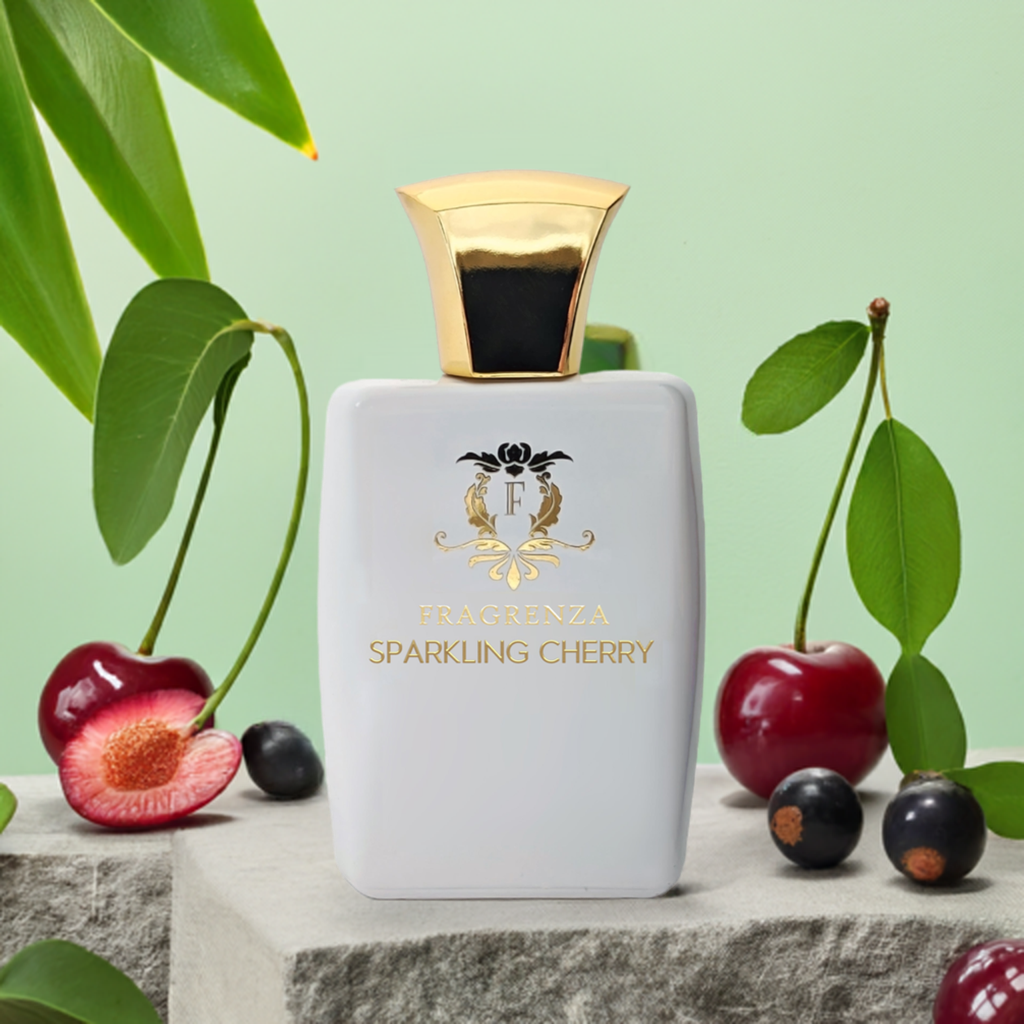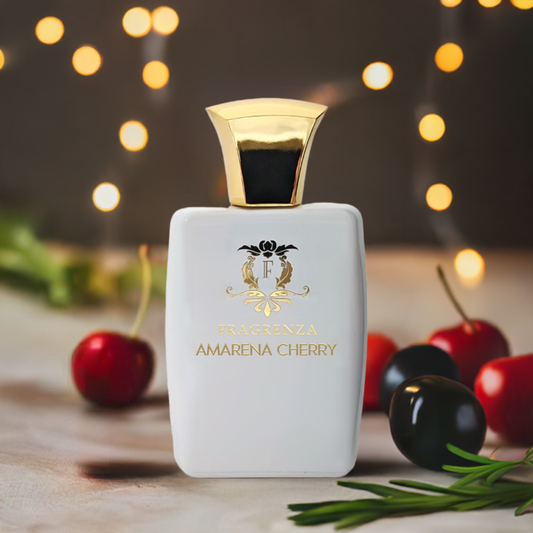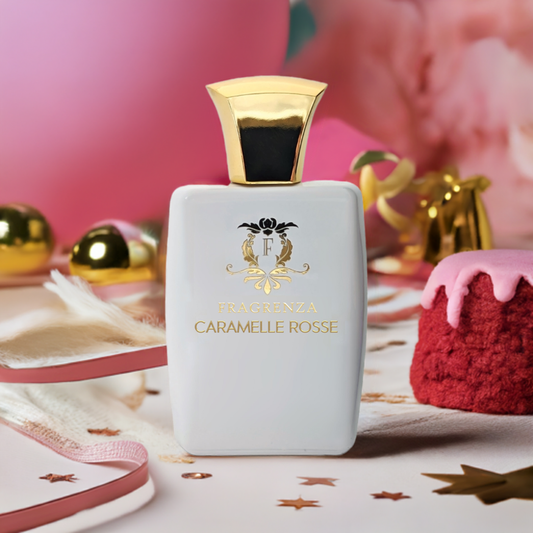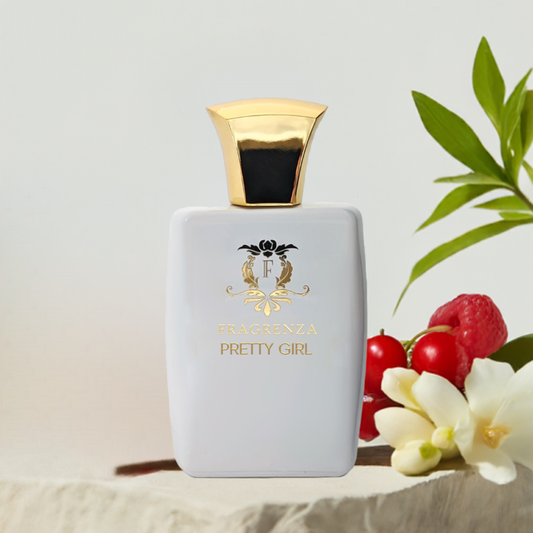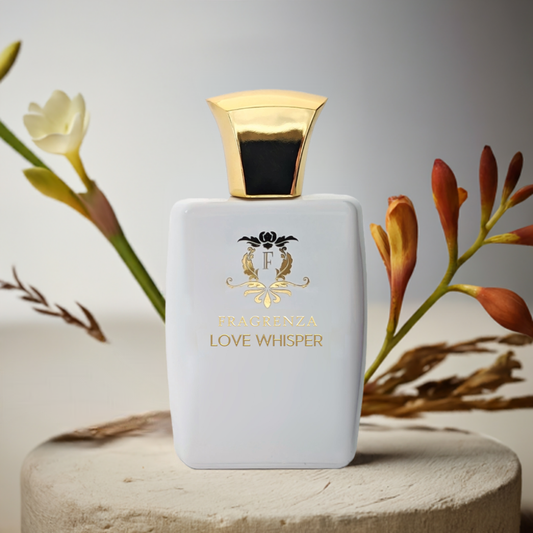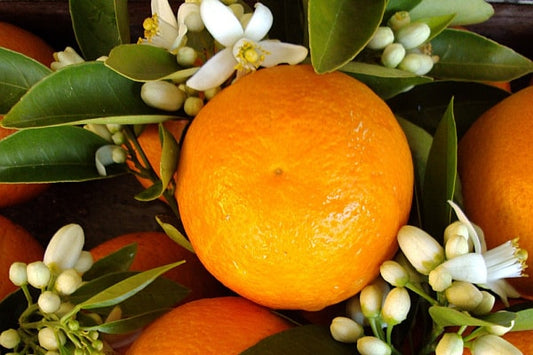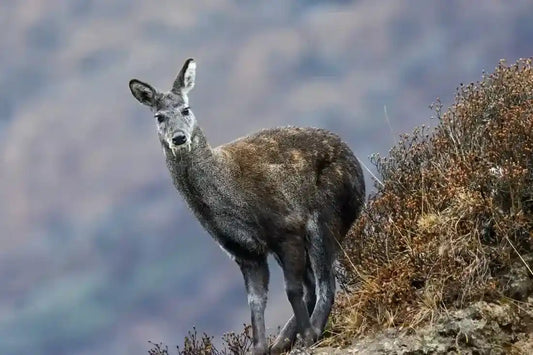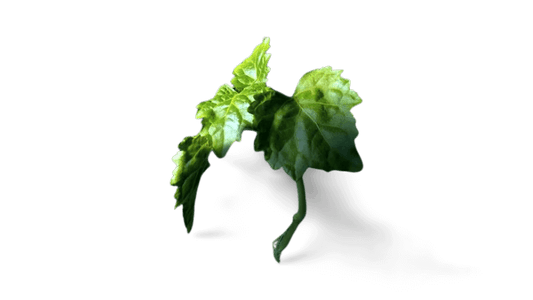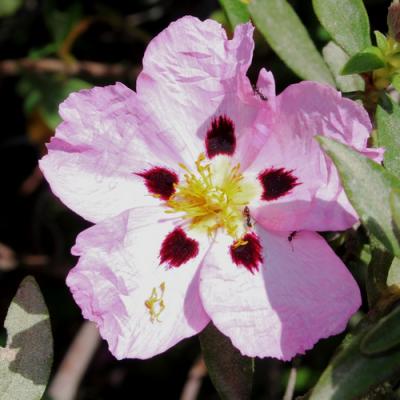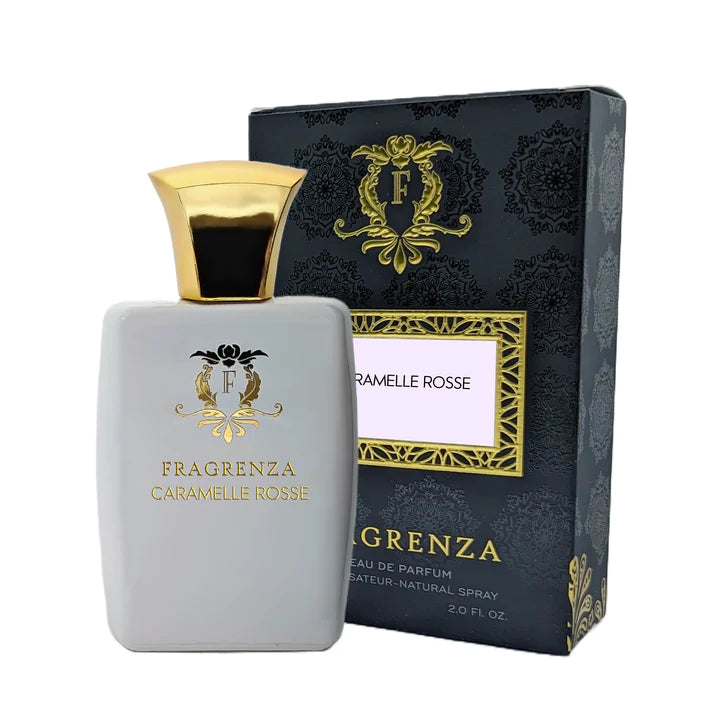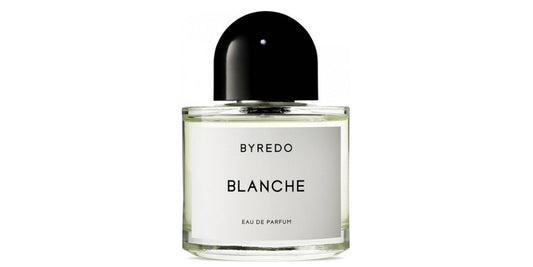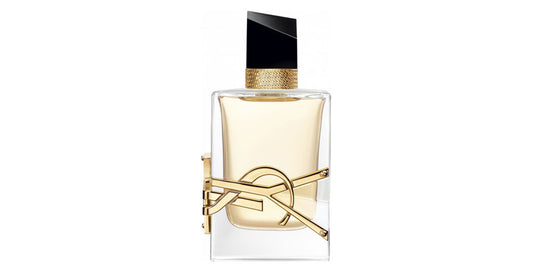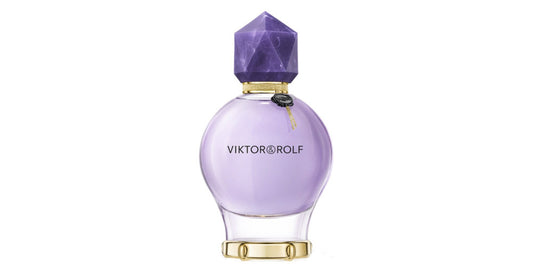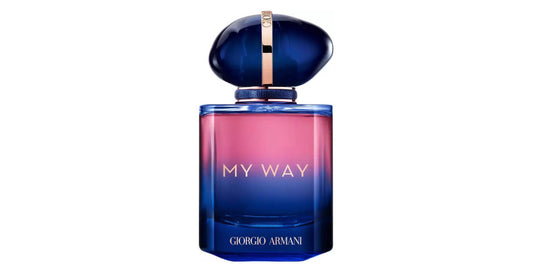Vanillin in perfumery
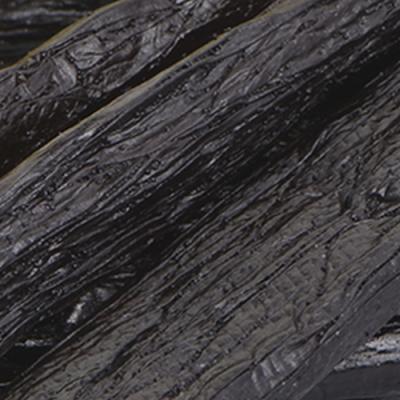
In This Article
The Origins of Vanillin
Vanillin originates from vanilla, which was first encountered in 1520 during the conquest of Mexico. At this time, the Spaniards discovered this new aroma. The subsequent discovery of its pollination method in 1841 enabled intensified cultivation on Reunion Island, where one of the best varieties of vanilla in the world is now harvested. The characteristic flavor of this exceptional vanilla is owed to the vanillin molecule. This natural component is the most important and distinctive aspect of vanilla's aroma. Although vanillin represents only 0.75 to 2% of a pod's mass, it is sufficient to produce an incredible scent. Chemist Théodore Nicolas Gobly first extracted vanillin by macerating vanilla in 85° alcohol and subsequently extracting the vanillin with ether.
Obtaining Vanillin
Perfumers have several options for obtaining vanillin. One method is extraction, in which the aromatic vanilla molecules are removed using a solvent such as ethoxyethane or ethanol. The vanilla beans are dispersed in the solvent, which is then separated from the resulting substance through evaporation. Alternatively, vanillin can be synthesized traditionally from eugenol;however, industrial production of vanillin now utilizes lignin or guaiacol instead.
Vanillin in Perfumery
Thanks to advances in chemistry, it is now possible to produce vanillin from various synthetic materials, reducing costs and making industrial production more affordable for the food and perfume industries. Vanillin can be derived from guaiacol, eugenol, clove extract, lignin, or curcumin, a turmeric extract. Due to its attractive price, vanillin is used more extensively than vanilla itself. Nevertheless, vanilla remains a prestigious ingredient found in luxury perfumes.
Fun Facts About Vanillin
- Vanillin is the primary component responsible for the characteristic flavor and aroma of vanilla.
- Although chemically synthesized vanillin is more affordable and widely used, natural vanilla remains highly prized for its rich and complex flavor.
- Vanillin was first synthesized from coniferin, a compound found in the bark of pine trees, in the 19th century.
- Besides its use in the food and perfume industries, vanillin is also used in the pharmaceutical industry as a flavoring agent for medicines.
